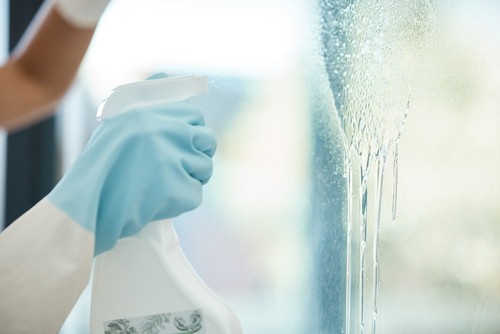
Preparing Your Home for a Newborn: Cleaning Checklist
November 10, 2023
The Psychology of a Clean Home: Mental Health Benefits
December 19, 2023The Importance of Sanitization in Homes Today
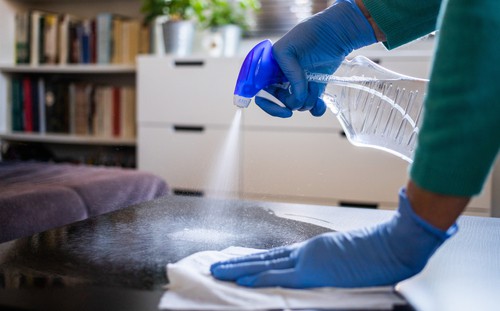
The Importance of Sanitization in Homes Today
The Importance of Sanitization in Homes Today. The emphasis on cleanliness and health within our living spaces has magnified in our current environment.
Sanitization, distinct from mere cleaning, refers to reducing bacteria to safe levels as determined by public health standards, making it especially relevant to maintaining a home environment that promotes health and well-being.
This overview sheds light on the multifaceted role of sanitization in ensuring a healthy family life. Read on!
Table of Contents
ToggleUnderstanding Sanitization
Sanitization vs. Cleaning vs. Disinfecting
It is vital to differentiate between cleaning, disinfecting, and sanitizing. Cleaning removes dirt and impurities from surfaces.
Disinfecting goes a step further to kill a higher percentage of germs on surfaces or objects, using chemicals to lower the risk of infection.
Sanitization, meanwhile, lowers the number of germs on surfaces or objects to a safe level, as judged by public health standards, to decrease the risk of spreading infection.
The Science of Sanitization
Sanitization acts on a microbial level, employing either chemicals or physical agents like steam or UV light to reduce the prevalence of harmful bacteria and viruses.
This reduction is crucial in breaking the chain of infection that can occur within homes, protecting against various illnesses that can be transmitted through surfaces.
The Health Benefits of Home Sanitization

Reducing the Spread of Illness
Sanitizing your home can help to halt the spread of infectious diseases. Regular sanitization of high-contact surfaces like doorknobs, light switches, and countertops ensures that transient bacteria and viruses do not have a breeding ground, thus protecting household members from common illnesses and reducing the likelihood of significant outbreaks.
Long-term Health Benefits
Consistent sanitization supports long-term health by preventing the growth of mold, reducing allergens, and minimizing the presence of pests.
It leads to better respiratory health, fewer allergic reactions, and generally strengthens the immune system by reducing undue stress on it from environmental factors.
High-Touch Areas in the Home
In any home, certain surfaces are touched more frequently than others. These include door handles, stair railings, kitchen appliances, bathroom fixtures, and electronic devices.
Identifying these high-touch areas is the first step toward understanding where to focus sanitization efforts.
To effectively sanitize these areas, one should use appropriate cleaning agents and follow the recommended contact times for sanitizers to be effective.
This often means letting the sanitizer sit on the surface for a specified period before wiping it away.
Sanitization and Mental Wellbeing
The cleanliness of our homes can significantly influence our mental health. A sanitized home can alleviate anxiety and stress by controlling our environment, contributing to a peaceful state of mind, and promoting a more relaxed and comfortable living space.
By maintaining a sanitized home, we nurture a stress-free sanctuary. This involves not just regular sanitization but also organizing and decluttering spaces to minimize the accumulation of dust and potential germs.
Sanitization for Homes with Children
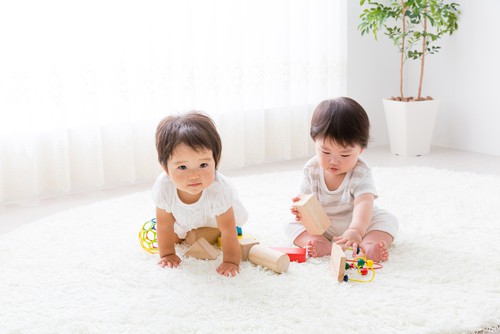
In homes with children, it is imperative to use sanitization methods that are both effective and non-toxic.
Using natural sanitizers and employing physical techniques like steam cleaning can be advantageous.
Teaching children about the importance of hygiene and sanitizing properly can instill lifelong habits.
This education is as simple as demonstrating proper handwashing techniques and involving them in cleaning routines with age-appropriate tasks.
Choosing the Right Sanitization Products
When selecting sanitization products, look for those approved by health authorities for their effectiveness against pathogens, and ensure they are suitable for use around children and pets if necessary.
For those who prefer natural options, various homemade solutions can be used. Ingredients like vinegar and baking soda can offer sanitization benefits without harsh chemicals.
Technology and Home Sanitization
Technological innovations have brought about gadgets that aid in home sanitization, such as UV sanitizers for personal devices, robot vacuums with sanitizing capabilities and touchless soap dispensers.
Smart home technology integrates sanitization into our daily routines, from smart air purifiers to self-cleaning appliances, facilitating a consistently clean home environment.
The Role of Professional Sanitization Services
There are scenarios when professional sanitization services may be warranted, such as when dealing with biohazards or deep sanitization needs beyond routine cleaning.
Professional services provide expert-level sanitization with industrial-grade products and techniques, offering cleanliness that might be difficult to achieve with regular household methods.
Sanitization in a Post-Pandemic World
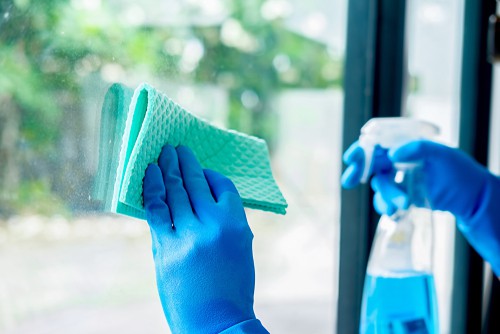
The recent pandemic has elevated the importance of home sanitization, leaving a legacy of enhanced cleanliness practices and a population more cognizant of hygiene’s role in preventing illness.
Continuing the sanitization habits developed during the pandemic will remain essential, helping to prepare homes for any future public health concerns and maintaining the new standards of cleanliness.
Sustainable Sanitization Practices
Sustainable sanitization practices aim to protect both our health and the environment. This means selecting effective products and methods that have minimal environmental impact.
Choosing reusable cloths over disposable wipes, and eco-friendly sanitization products helps to reduce waste and supports a healthier planet alongside healthier homes.
Overcoming Challenges in Home Sanitization
Challenges like time constraints and product availability can hinder regular sanitization efforts. However, these obstacles can be overcome by developing a routine and prioritizing high-touch areas.
Creating a sanitization schedule, involving all household members, and keeping supplies readily accessible are strategies that can help make home sanitization a seamless part of daily life.
Frequently Asked Questions
How often should I sanitize my home?
Regular sanitization should occur at least once a week, with high-touch surfaces cleaned more frequently.
Can over-sanitization be harmful?
Excessive use of sanitizers can lead to resistant strains of bacteria and can be toxic if not used as directed.
Are there areas in the home that are often overlooked in sanitization?
Places like remote controls, light switches, and door knobs are frequently missed during cleaning.
What are the differences between commercial and homemade sanitizers?
Commercial sanitizers often contain stronger chemicals and are regulated for efficacy, whereas homemade ones may be milder and more environmentally friendly.
How can I ensure I am not contributing to antibiotic resistance?
Use sanitizers as directed, and do not overuse antibiotics or antibacterial products.
What are the best practices for sanitizing electronic devices?
Use alcohol-based wipes or sprays designed for electronics, ensuring the device is turned off and unplugged before cleaning.
How can I make sanitization fun for the whole family?
Turn cleaning into a game or set it to music to engage everyone.
The Importance of Sanitization in Homes Today – Conclusion
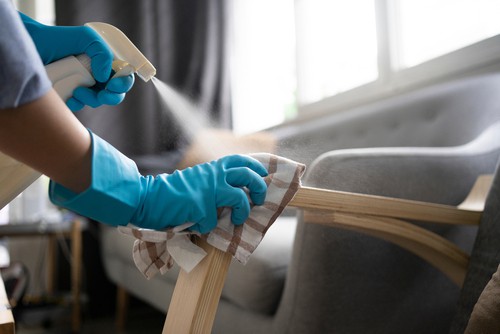
Sanitization has become an integral aspect of modern living, potentially affecting our health and well-being significantly.
By adopting proactive sanitization practices, we protect our families and contribute to the wider public health landscape.
Balancing thoroughness with sustainability and responsibility will help us all live comfortably and safely in our homes.
Are you seeking professional and reliable house cleaning services in Singapore? Contact us today!


